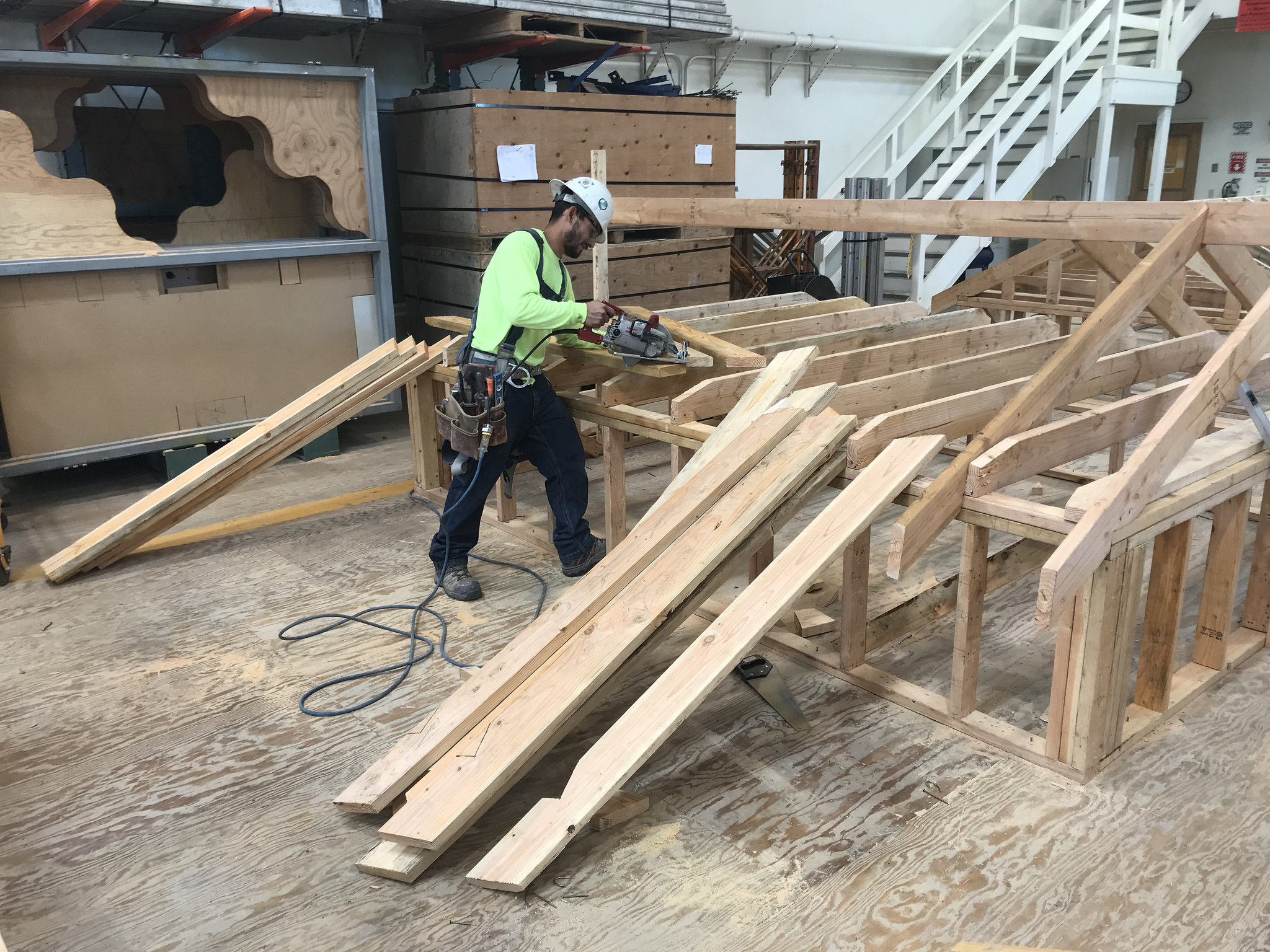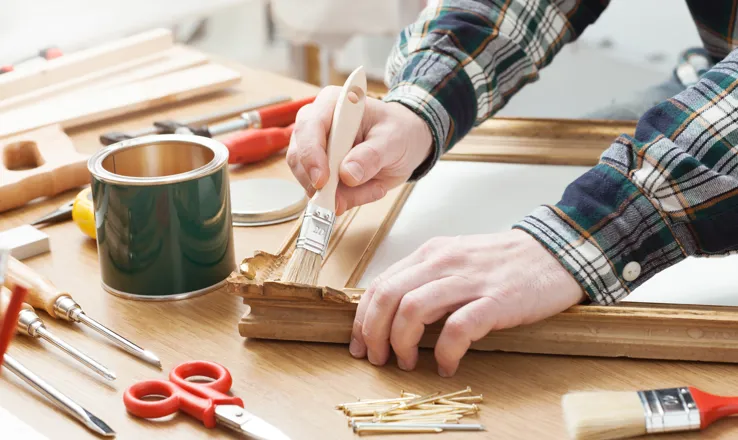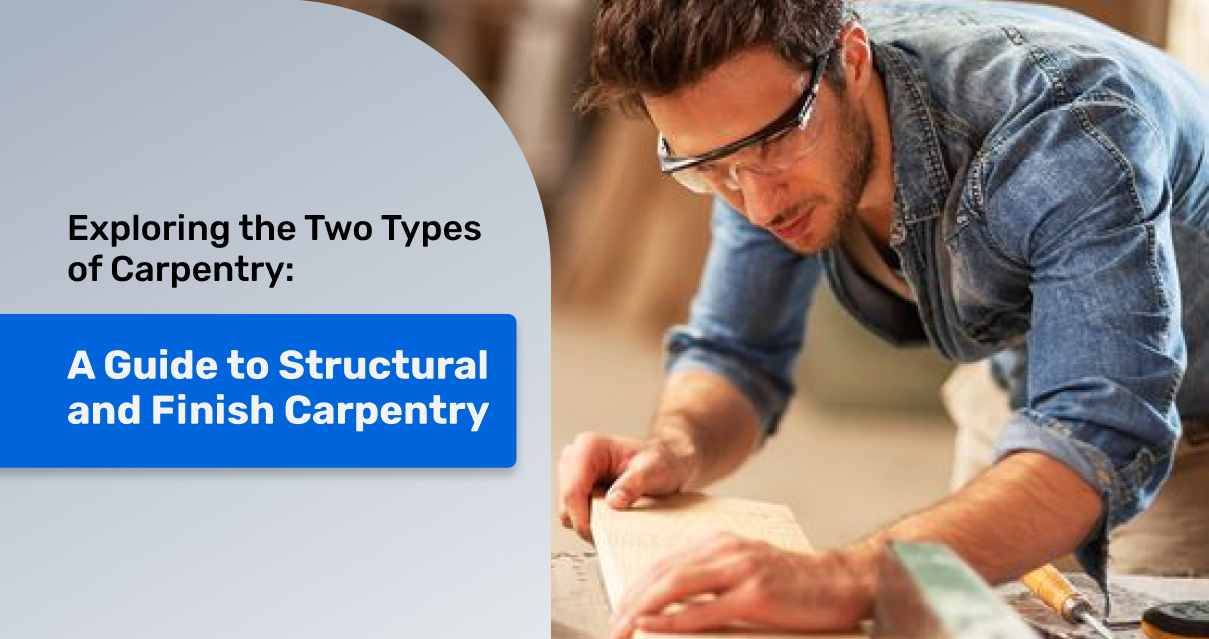Are you considering a career in carpentry or planning a home renovation project? Understanding the different types of carpentry is essential to ensure the success and quality of your endeavors. In this comprehensive guide, we will explore the two primary types of carpentry: structural and finish carpentry.
Whether you’re a homeowner looking to enhance your space or a budding carpenter seeking to expand your skills, FixDar, the leading home maintenance experts in Karachi, are here to provide an in-depth understanding of these carpentry disciplines.
Join us as we delve into the world of structural and finish carpentry and discover the unique roles they play in creating beautiful and functional spaces.
If you’ve ever been involved in a construction project or considered a career in carpentry, you may have come across the terms “structural carpentry” and “finish carpentry.” These two types of carpentry play distinct but equally important roles in creating functional and aesthetically pleasing spaces.
Understanding Structural Carpentry

Structural carpentry forms the foundation of any construction project. It involves the framing and installation of the essential components that provide strength, stability, and support to a building structure. Here are some key aspects of structural carpentry:
1. Framing
Framing is the primary focus of structural carpentry. It involves the construction of the skeletal framework of a building, including walls, floors, and roofs. Structural carpenters work with materials such as wood, steel, or engineered lumber to create the framework that will support the weight of the entire structure. Accurate measurements, precise cuts, and sturdy connections are crucial in ensuring the structural integrity of the building.
2. Foundation Work
Structural carpenters also play a vital role in foundation work. They collaborate with other professionals, such as concrete contractors, to create a solid and stable foundation for the building. This may involve tasks such as installing formwork, reinforcing steel bars, and pouring concrete to create a strong base that can withstand the weight and forces exerted on the structure.
3. Roofing
Another essential aspect of structural carpentry is roofing. Carpenters work on installing roof trusses, rafters, and sheathing to create a secure and weatherproof roof structure. They ensure proper alignment, bracing, and ventilation to protect the building from water damage, provide insulation, and maintain overall structural integrity.
Exploring Finish Carpentry

While structural carpentry focuses on the essential framework of a building, finish carpentry deals with the intricate details and final touches that enhance the overall appearance and functionality of a space. Here’s what you need to know about finish carpentry:
1. Trim Work
Trim work is a significant component of finishing carpentry. It involves the installation of moldings, baseboards, window casings, door frames, and other decorative elements that add visual appeal and cover gaps between different surfaces. Skilled finish carpenters meticulously measure, cut, and install trim pieces to achieve seamless transitions and create a polished and refined look.
2. Cabinetry and Millwork
Finish carpentry also encompasses the construction and installation of custom cabinetry, shelves, and other millwork. Carpenter Service In Karachi with precision to create functional storage solutions that fit the specific needs and style of the space. Whether it’s a kitchen remodel or a built-in bookshelf, finish carpentry brings elegance and functionality to any room.
3. Flooring and Stairs
Finish carpenters often handle installing flooring materials, such as hardwood, laminate, or tile. They ensure a level and smooth surface, precise fitting, and seamless transitions between different flooring areas. Additionally, finish carpenters construct and install stairs, railings, and balusters, paying close attention to safety and aesthetics.
The Intersection of Structural and Finish Carpentry

While structural and finish carpentry may seem like separate disciplines, they often intersect in certain areas. For example, when installing windows or doors, carpenters need to ensure both structural integrity and visual appeal. Additionally, in some cases, finish carpenters may need to make adjustments or modifications to the structural framework to accommodate specific design elements.
Successful construction projects rely on a harmonious collaboration between structural and finish carpenters. Their combined expertise ensures that every aspect of a building, from its foundation to its final finishes, is executed with precision and craftsmanship.
Understanding the differences between structural and finish carpentry is crucial for homeowners, contractors, and aspiring carpenters alike. Structural carpentry lays the foundation and provides the strength and stability necessary for any construction project. In contrast, finished carpentry adds the final touches and enhances the overall aesthetics of a space.
By recognizing the unique roles and skills required in each discipline, you can make informed decisions, collaborate effectively, and achieve remarkable results in your construction or renovation endeavors. Trust FixDar, the leading home maintenance experts in Karachi, to provide you with top-notch carpentry services that bring your vision to life.






